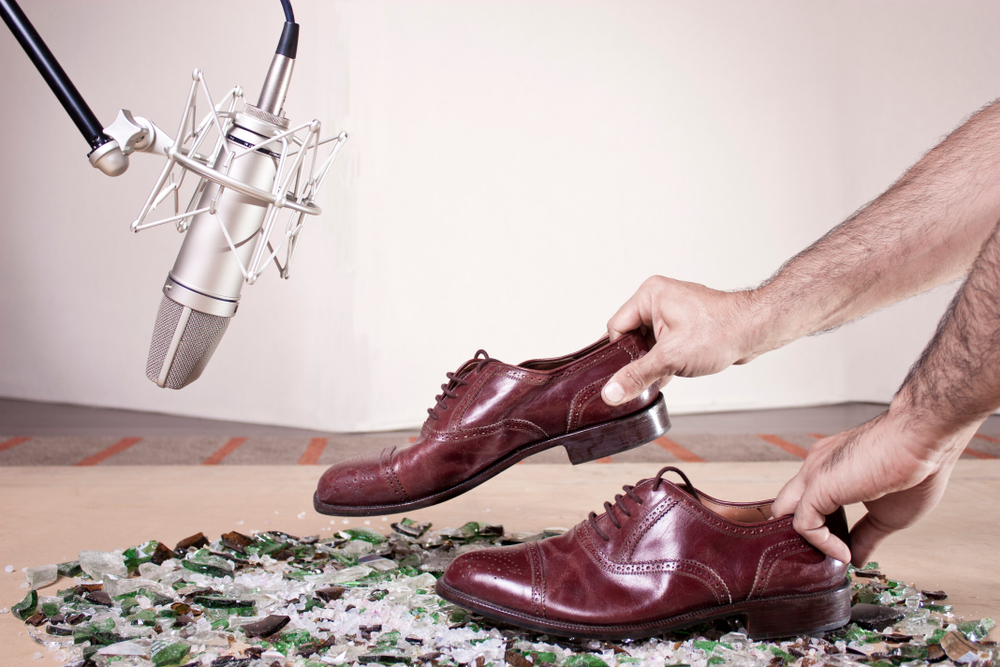The Unseen Rhythm: A Deeper Look into Foley Artistry
Often overlooked but critically important, Foley artistry is a unique facet of film production. This article uncovers the world of Foley artists, their historical roots, and their contemporary significance. It is an invitation to appreciate the unseen rhythm that brings life to cinematic experiences.

The Art of Sonic Illusion
The term Foley artistry may not ring a bell for many, but it plays a vital role in film and television production. Named after Jack Foley, a pioneer in the field during the silent film era, Foley artistry is the craft of creating and recording sound effects live, in sync with the visuals on screen. These sounds range from footsteps and door creaks to the rustling of clothes and clinking of dishes. These audio details, though often unnoticed, are critical in creating a believable and immersive cinematic universe.
Historical Roots and Evolution
Foley artistry has its roots in the silent film era when soundtracks were introduced to enhance the viewing experience. Jack Foley, a former newspaper reporter turned film producer, was the first to develop a sound technique that involved creating and recording sound effects in real-time. The advent of “talkies,” or sound films, in the late 1920s saw a surge in the demand for Foley artists. Over the years, the craft has evolved with technological advancements, but the essence of live performance and synchronization remains intact.
Foley Artistry Today: The Unseen Heroes of Film Production
The role of Foley artists today extends far beyond just footsteps and door creaks. They are responsible for creating a sonic reality that complements visual storytelling. From the fluttering of a superhero’s cape to the crunching of leaves under a stalker’s foot, Foley artists use a plethora of unconventional objects to mimic real-life sounds. Their creativity and precision are crucial in creating an immersive and believable cinematic world.
Impact and Reception: The Unseen Rhythm
While the audience may not consciously notice the work of Foley artists, their absence would be glaringly apparent. A film without Foley sounds would feel hollow and detached from reality. On the other hand, well-executed Foley artistry can elevate a scene, intensify emotions, and enhance the overall viewing experience. Despite their critical role, Foley artists often remain unsung heroes in the film industry. However, the appreciation for this craft is gradually increasing, with various platforms offering workshops and courses on Foley artistry.
The Future of Foley Artistry
With the advent of digital technology, one might assume that Foley artistry would become obsolete. However, the demand for this craft is higher than ever. The human touch that Foley artists bring to a film cannot be replicated by digital sound effects. As films continue to strive for authenticity and immersive experiences, the role of Foley artists is likely to become even more essential in the future.
In conclusion, Foley artistry is a fascinating blend of creativity, precision, and performance. It is a testament to the unseen rhythm that underlies our cinematic experiences. It’s time we acknowledge and appreciate the unique craft of these unsung heroes of film production.




